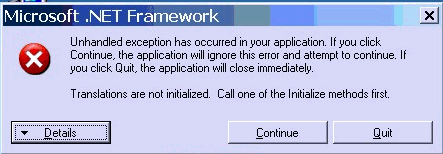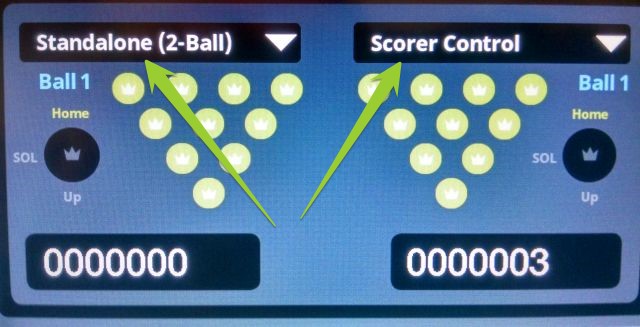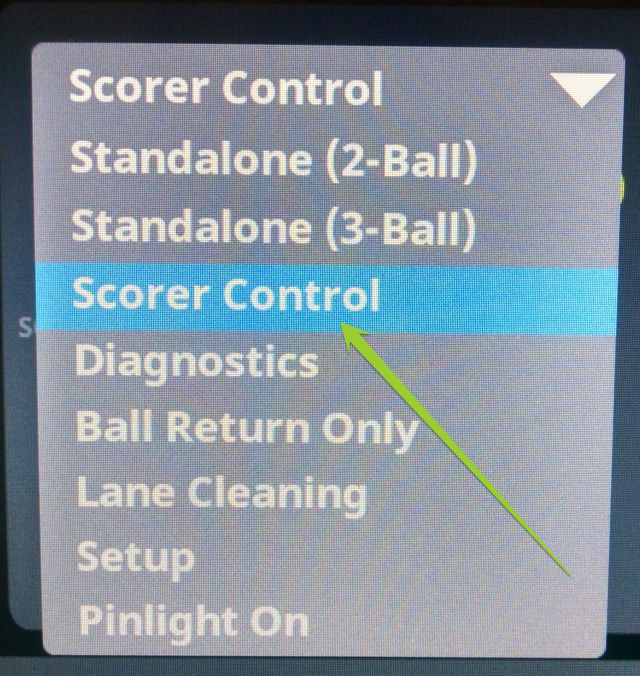Sync reports value added to stored value (SV) cards and value removed from SV cards via payments in the "Stored Value" section of the sales report. This section only includes direct addition/removal of monetary value to SV cards by Sync. It does not include SV package sales. From the perspective of Sync, this operation directly adds or removes monetary value to/from a card. Therefore, these operations are not taxed because the SV card is functioning like a gift card, and sales of gift cards are not generally taxable nor do they count as revenue. If, however, adding a specified amount of money to a card from Sync "converts" the dollar amount to points/credits/etc. such that applicable laws and accounting rules dictate that this sale be reported as revenue and/or taxed, there are two options for the bowling center. - The first is to use SV packages to add value to cards - these are attached to products in Sync and these products can be taxed.
- The second is to account in the bowing center's accounting program for the value added to the cards.
Note that in either case, if SV cards are allowed to be used as payment in Sync, the bowling center must be very careful to not count value added to SV cards as revenue/taxable sales and the products sold and paid for by SV cards as revenue/taxable sales or double-counting may occur. | 





